Amitav Ghosh
In an Antique Land: History in the Guise of a Traveler's Tale

THE SLAVE OF MS H.6 first stepped upon the stage of modern history in 1942. His was a brief debut, in the obscurest of theatres, and he was scarcely out of the wings before he was gone again more a prompters whisper than a recognizable face in the cast.
The slaves first appearance occurred in a short article by the scholar E. Strauss, in the 1942 issue of a Hebrew journal, Zion, published in Jerusalem. The article bore the title New Sources for the History of Middle Eastern Jews and it contained transcriptions of several medieval documents. Among them was a letter written by a merchant living in Aden that port which sits, like a fly on a funnel, on the precise point where the narrow spout of the Red Sea opens into the Indian Ocean. The letter, which now bears the catalogue number MS H.6, of the National and University Library in Jerusalem, was written by a merchant called Khalaf ibn I
 aq, and it was intended for a friend of his, who bore the name Abraham Ben Yij. The address, written on the back of the letter, shows that Ben Yiju was then living in Mangalore a port on the south-western coast of India. In Strausss estimation, the letter was written in the summer of 1483AD.
aq, and it was intended for a friend of his, who bore the name Abraham Ben Yij. The address, written on the back of the letter, shows that Ben Yiju was then living in Mangalore a port on the south-western coast of India. In Strausss estimation, the letter was written in the summer of 1483AD.
In the summer of its writing, Palestine was a thoroughfare for European armies. A German army had arrived in April, led by the ageing King Conrad III of Hohenstaufen, known as Almn to the Arabs. Accompanying the king was his nephew, the young and charismatic Frederick of Swabia. The Germans struck fear into the local population. That year the German Franks arrived, wrote an Arab historian, a particularly fearsome kind of Frank. Soon afterwards, King Louis VII of France visited Jerusalem with his army and a retinue of nobles. Travelling with him was his wife, the captivating Eleanor of Aquitaine, the greatest heiress in Europe, and destined to be successively Queen of France and England.
It was a busy season in Palestine. On 24 June a great concourse of the crowned heads of Europe gathered near Acre, in Galilee. They were received by King Baldwin and Queen Melisende of Jerusalem, with their leading barons and prelates, as well as the Grand Masters of the Orders of the Temple and the Hospital. King Conrad was accompanied by his kinsmen, Henry Jasimirgott of Austria, Otto of Freisingen, Frederick of Swabia, Duke Welf of Bavaria, and by the margraves of Verona and Montferrat. Among the nobles accompanying the King and Queen of France were Robert of Dreux, Henry of Champagne, and Thierry, Count of Flanders.
Between festivities, the leaders of the crusading armies held meetings to deliberate on their strategy for the immediate future. There was a divergence of views amongst them, their enemies noted, but at length they came to an agreed decision to attack the city of Damascus For the Muslim rulers of Jordan and Syria, who had only just begun to recover from the first hundred years of the Crusades, this was a stroke of unexpected good fortune because Damascus was at that time the only Muslim state in the region that had friendly relations with the Crusader kingdoms.
On 24 July 1148AD the greatest Crusader army ever assembled camped in the orchards around Damascus. Its leaders had some successes over the next couple of days, but the Damascenes fought back with fierce determination and soon enough the Crusaders were forced to pack up camp. But Turcoman horsemen hung upon their flanks as they withdrew, raining down arrows, and the retreat rapidly turned into a rout. After this battle the German Franks returned wrote the Arab historian who had so dreaded their arrival, to their country which lies over yonder and God rid the faithful of this calamity.
It was not until 1942, the very summer when Khalafs letter slipped quietly into twentieth-century print, that the Middle East again saw so great and varied a gathering of foreigners. Nowhere were there more than in the area around Alexandria; the Afrika Corps and the Italian Sixth Army, under the command of Erwin Rommel, were encamped a bare forty miles from the city, waiting for their orders for the final push into Egypt, and in the city itself the soldiers of the British Eighth Army were still arriving from every corner of the world: India, Australia, South Africa, Britain and America. That summer, while the fates of the two armies hung in the balance, Alexandria was witness to the last, most spectacular, burst of cosmopolitan gaiety for which the city was once famous.
WITHIN THIS TORNADO of grand designs and historical destinies, Khalaf ibn Ishaqs letter seems to open a trapdoor into a vast network of foxholes where real life continues uninterrupted. Khalaf was probably well aware of the events taking place farther north: the city he lived in, Aden, served as one of the principal conduits in the flow of trade between the Mediterranean and the Indian Ocean, and Khalaf and his fellow merchants had a wide network of contacts all over North Africa, the Middle East and southern Europe. They made it their business to keep themselves well-informed: from season to season they followed the fluctuations of the prices of iron, pepper and cardamom in the markets of Cairo. They were always quick to relay news to their friends, wherever they happened to be, and they are sure to have kept themselves well abreast of the happenings in Syria and Palestine.
But now, in the summer of 1148, writing to Abraham Ben Yiju in Mangalore, Khalaf spends no time on the events up north. He begins by giving his friend news of his brother Mubashshir (who has set off unexpectedly for Syria), letting him know that he is well. Then he switches to business: he acknowledges certain goods he has received from Ben Yiju a shipment of areca nuts, two locks manufactured in India and two bowls from a brass factory in which Ben Yiju has an interest. He informs Ben Yiju that he is sending him some presents with the letterthings which have no price and no value. The list seems to hint at a sweet tooth in Ben Yiju: two jars of sugar, a jar of almonds and two jars of raisins, altogether five jars.
It is only at the very end of the letter that the slave makes his entry: Khalaf ibn Ishaq makes a point of singling him out and sending him plentiful greetings.
That is all: no more than a name and a greeting. But the reference comes to us from a moment in time when the only people for whom we can even begin to imagine properly human, individual, existences are the literate and the consequential, the wazirs and the sultans, the chroniclers and the priests the people who had the power to inscribe themselves physically upon time. But the slave of Khalafs letter was not of that company: in his instance it was a mere accident that those barely discernible traces that ordinary people leave upon the world happen to have been preserved. It is nothing less than a miracle that anything is known about him at all.
THIRTY-ONE YEARS were to pass before the modern world again caught a glimpse of the slave of MS H.6: the so-called Yom Kippur War was just over and the price of oil had risen 370 per cent in the course of a single year.
The Slaves second appearance, like his first, occurs in a letter by Khalaf ibn Ishaq, written in Aden one that happened to be included in a collection entitled Letters of Medieval Jewish Traders, translated and edited by Professor S. D. Goitein, of Princeton University. Like the other letter, this one too is addressed to Abraham Ben Yiju, in Mangalore, but in the thirty-one years that have passed between the publication of the one and the other, the Slave has slipped backwards in time, like an awkward package on a conveyor belt. He is nine years younger the letter in which his name now appears was written by Khalaf ibn Ishaq in 1139.

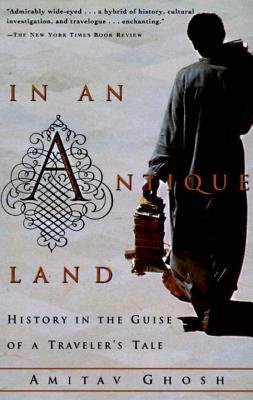



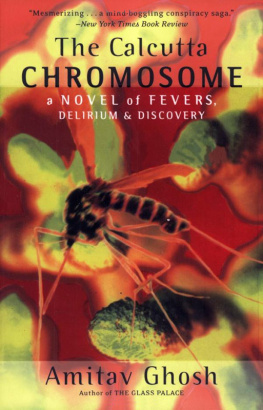
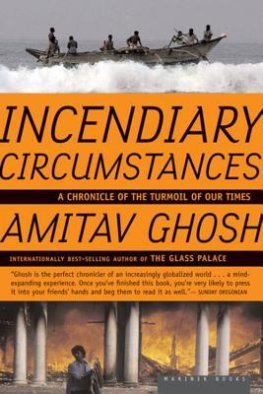
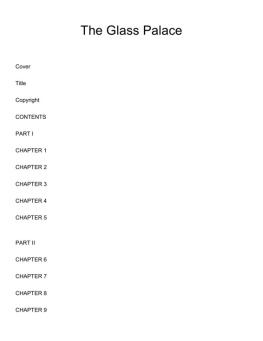


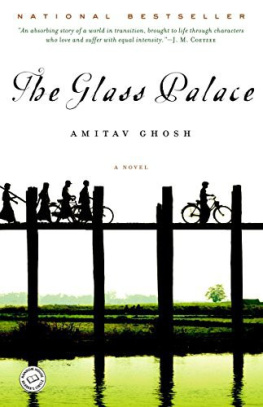



 aq, and it was intended for a friend of his, who bore the name Abraham Ben Yij. The address, written on the back of the letter, shows that Ben Yiju was then living in Mangalore a port on the south-western coast of India. In Strausss estimation, the letter was written in the summer of 1483AD.
aq, and it was intended for a friend of his, who bore the name Abraham Ben Yij. The address, written on the back of the letter, shows that Ben Yiju was then living in Mangalore a port on the south-western coast of India. In Strausss estimation, the letter was written in the summer of 1483AD.